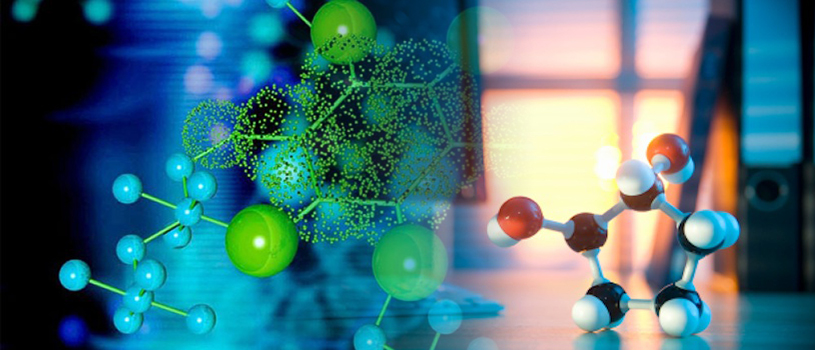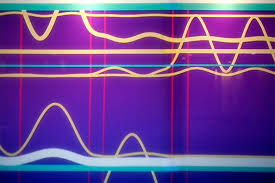
Researchers in the US have, for the first time, cloaked a three-dimensional object standing in free space, bringing the much-talked-about invisibility cloak one step closer to reality.

Researchers have succeeded in converting stem cells from umbilical cords into other types of cells, which may eventually lead to new treatment options for spinal cord injuries and multiple sclerosis, among other nervous system diseases.

Researchers have devised a proposal for the first conclusive experimental test of a phenomenon known as

A better understanding of the universe will be the outgrowth of the discovery of the Higgs boson, according to a team of researchers. The team predicts the discovery will lead to supersymmetry or SUSY -- an extension of the standard model of particle physics. SUSY predicts new matter states or super partners for each matter particle already accounted for in the standard model. SUSY theory provides an important new step to a better understanding of the universe we live in.

Scientists have developed a new method for optical manipulation of matter at the nanoscale. Using ‘plasmonic hotspots’ – regions with electric current that heat up very locally – gold nanostructures can be melted and made to produce the smallest nanojets ever observed. The tiny gold nanodroplets formed in the nanojets, are perfectly spherical, which makes them interesting for applications in medicine.
The ALPHA experiment has built and preserved a bunch of Antihydrogen atoms for over some 16 minutes (1000 sec.)
Date- 19th march 2010 Source- http://cdsweb.cern.ch/collection/Video%20Movies 'This morning, Friday 19 March at 5:23 AM, the beam energy of the LHC was ramped to 3.5 TeV, a new world record and the highest energy for this years run. Now operators will prepare the machine to make high-energy collisions later this month. Interview with Alick Macpherson, Engineer in Charge and Mike Lamont, leader of the Operation Group.'
LHC machine breaks 3 new World Records at 10h41 Sunday 29 May : 2 x 1092 bunches colliding, Lumi above 1.2 x 10^33 and a beam energy of 73 MJ LHC now running with 1092 bunches per beam Produced by: CERN Video Productions Director: CERN Video Productions http://www.cern.ch/
This is the first time anti-matter has been created and stored in a stable long-lasting state. It is hoped the breakthrough could help us to understand the composition of the universe.
Please visit my blog http://qneblog.blogspot.com/ Large Hadron Collider may not have found the 'God particle'... but has just explained the existence of the universe Last updated at 5:18 PM on 16th November 2011 Why the universe exists... Credit to Original Uploader
An "artificial leaf" made by Daniel Nocera and his team, using a silicon solar cell with novel catalyst materials bonded to its two sides, is shown in a container of water with light (simulating sunlight) shining on it. The light generates a flow of electricity that causes the water molecules, with the help of the catalysts, to split into oxygen and hydrogen, which bubble up from the two surfaces.
Ali Aliev, the researcher have created a working invisibility cloak using one of nature's common yet bizarre phenomena -- the "mirage effect."In a video posted to YouTube, the strands are seen appearing and disappearing during a demonstration in Mr Aliev's lab.
UCF researchers have discovered a way to infuse the world's lightest carbon material with nanotubes. The results may lead to advances in robotic surgery, the detection of pollutants and even increase battery capacity!
NASA's Fermi Gamma-ray Space Telescope has detected beams of antimatter launched by thunderstorms. Acting like enormous particle accelerators, the storms can emit gamma-ray flashes, called TGFs, and high-energy electrons and positrons. Scientists now think that most TGFs produce particle beams and antimatter.
Tel-Aviv University demos quantum superconductors locked in a magnetic field. For an explanation of the physics behind this demonstration, visit http://quantumlevitation.com/the-physics/.